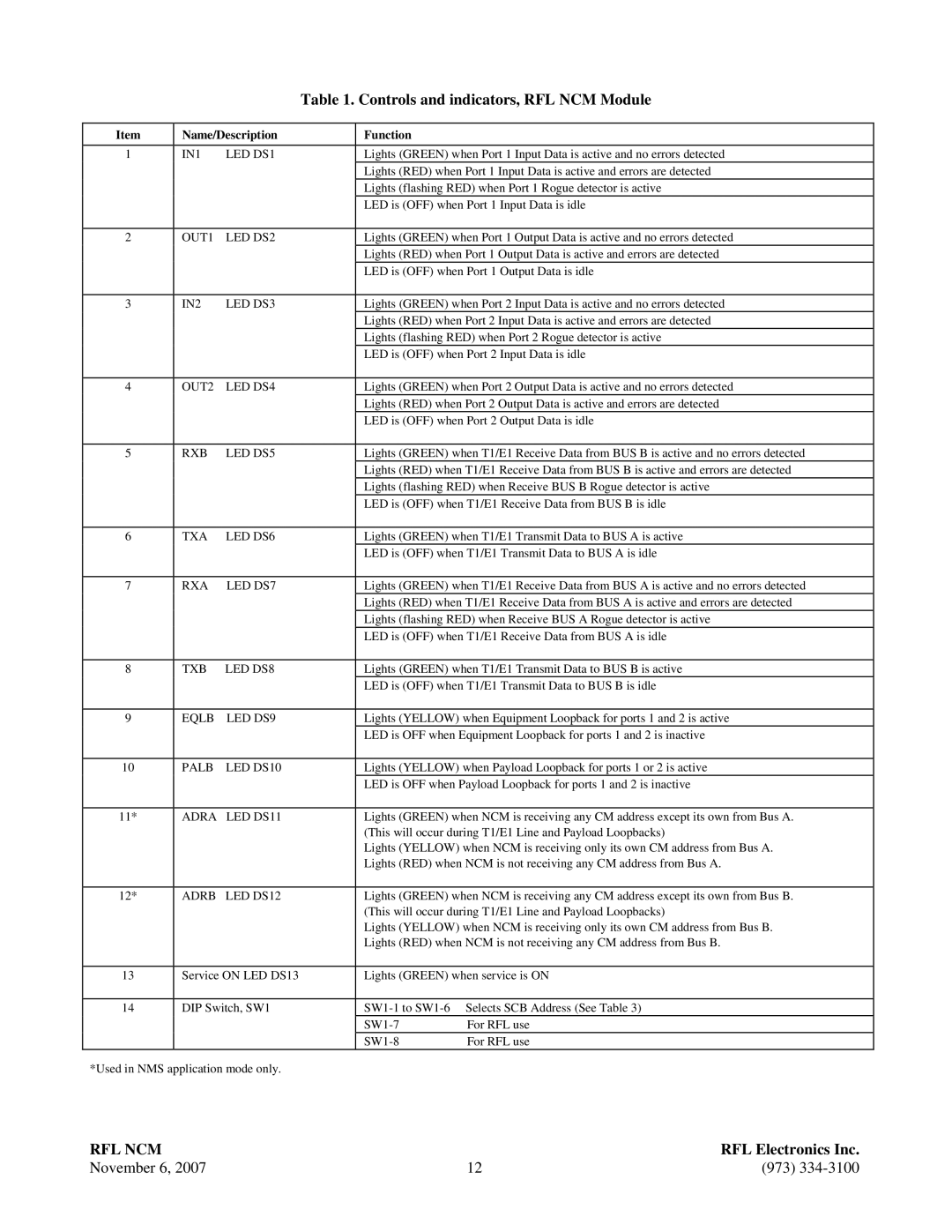Network Communications Module, RFL NCM specifications
RF-Link Technology has emerged as a significant player in the realm of wireless communication, and one of its standout offerings is the RFL NCM (Network Communications Module). This module is designed to facilitate efficient and reliable data transmission in a variety of applications, making it a versatile solution for both industrial and commercial needs.The RFL NCM is built on advanced RF technologies that support multiple communication protocols, ensuring compatibility with different systems and devices. One of its main features is its exceptional range. The module is capable of transmitting data over long distances, making it ideal for applications where devices are spread out. This long-range capability is essential for remote monitoring and control tasks, such as in smart agriculture, environmental monitoring, and industrial automation.
Another defining characteristic of the RFL NCM is its low power consumption. The module employs energy-efficient communication methods, enabling devices to operate for extended periods without frequent battery replacements. This makes it particularly useful in applications where power availability is limited or where continuous operation is required without maintenance interruptions.
The RFL NCM supports a variety of communication protocols, including LoRa, Zigbee, and MQTT, providing flexibility for developers and integrators to choose the most suitable technology for their specific applications. Its robust design ensures resilience in various operating conditions, including extreme temperatures and potential environmental hazards like moisture and dust.
Ease of integration is another strong point of the RFL NCM. With extensive documentation and support, developers can quickly incorporate the module into their existing systems. It also features built-in security protocols to safeguard data during transmission, which is particularly important in today’s increasingly connected world where data breaches are a growing concern.
The RFL NCM is not just about performance; it inherently supports scalability, allowing users to expand their network as their needs grow, whether that's adding more sensors to a monitoring system or integrating additional devices in a smart home. This commitment to both performance and adaptability makes the RFL NCM an attractive option for developers looking to harness the power of RF communications.
In summary, the RF-Link Technology RFL NCM stands out due to its long-range capabilities, low power consumption, support for multiple communication protocols, and robust integration features. With applications across various sectors, including industrial, commercial, and residential, this module promises to enhance connectivity and streamline operations in an increasingly wireless world.

